Piezo transduces have horribly (I'd say non linear) frequency responses; Tony Stewart answer is a good approximation (model) if you are running it near its resonance frequency. It all depends the reason for your simulation.
At a zero order approximation a piezo transducer is… a capacitor. The value is usually stated as C0 or base capacity; you could use some megaohm in parallel if the simulator chokes (I don't know Falstaff but SPICE happily converges with that). If you have a definite 'nominal' impedance you could use that.
An initial approximation adding an RLC tank covers the main resonance point and is mostly useful for single-tone circuits (like beepers).
The 'read' model would be something like an infinite series of RLC in parallel, each of these covering one oscillation mode of the piezo material. It's difficult to get these from the manufacturer, you'll need to do an impedence sweep and synthesize the 'major' resonances in your area of interest.
Do you have at least the frequency response of the transducer? If it's reasonably flat the RC model would be enough.

